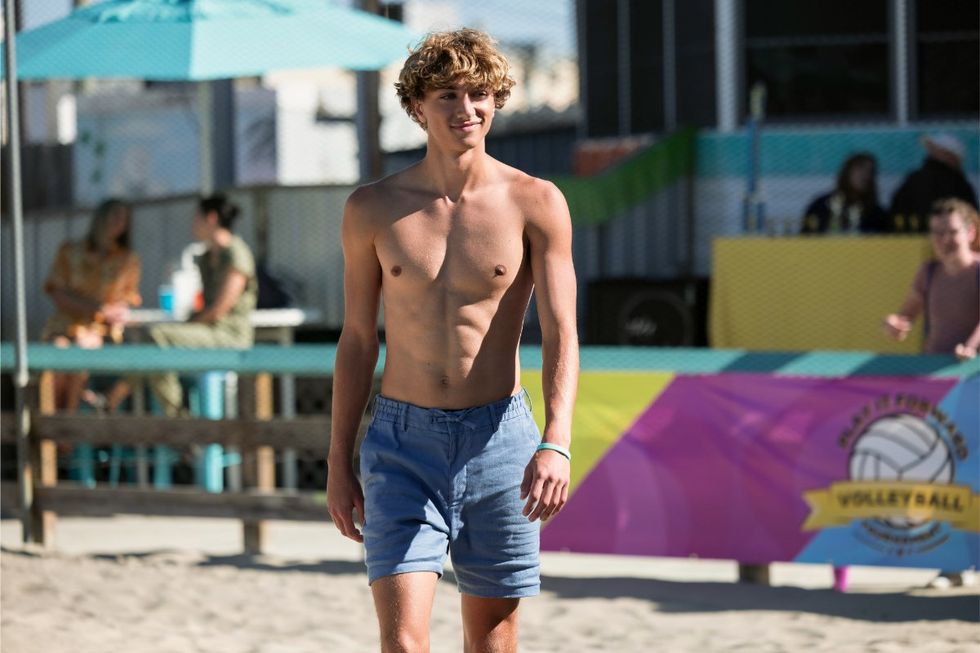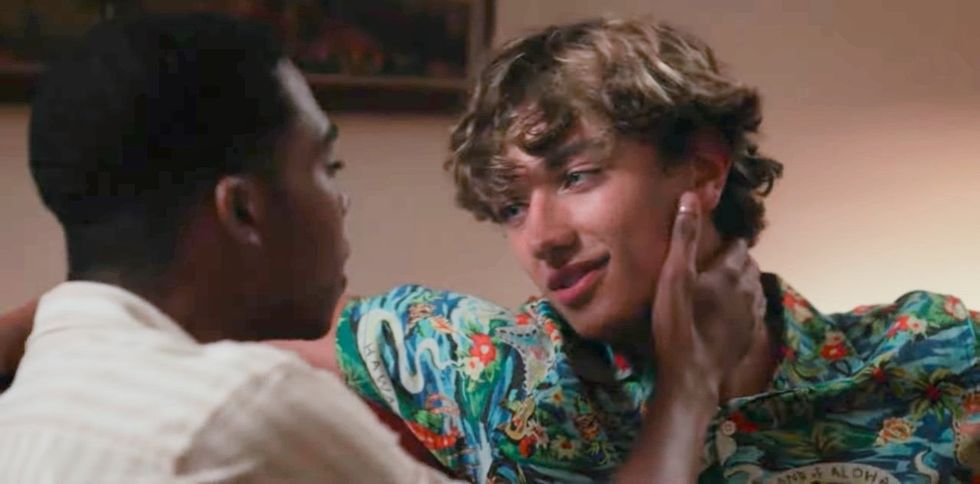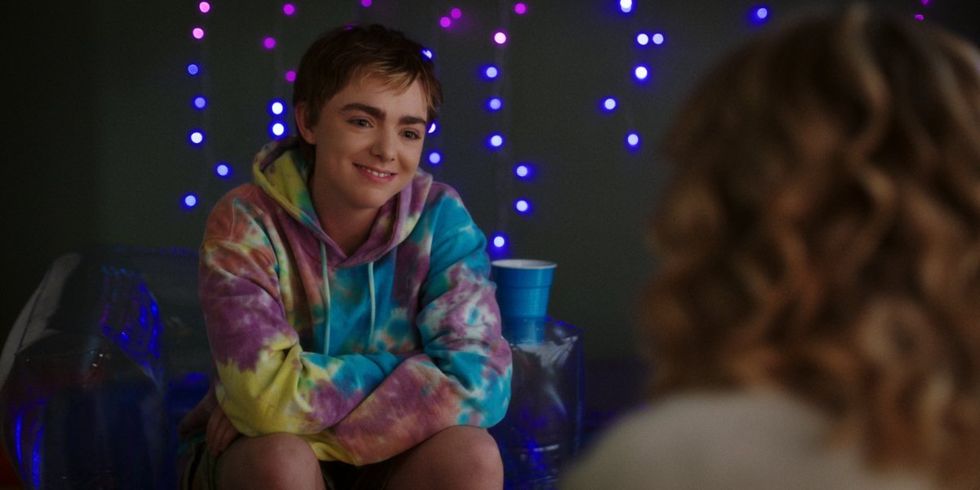This is the Season of Roan, loves, and we’re lucky to live in it!
From her fierce red carpet entrance—not to mention her fiercer clapback to a photographer—to her blazing performance at Wednesday’s MTV's VMA Awards, Chappell Roan didn’t just make a splash, she caused a tidal wave. And the cherry on top? When she stepped up to accept the award for Best New Artist, she dedicated it to her beloved queer community.
It was an exclamation point on a night that was nothing short of a crowning achievement for Roan, who has embraced her identity with the kind of unapologetic boldness a gal like me only dreamt of at her age.
But the looks were the gag of the century, and I’m still recovering.

Chappell Roan at the 2024 VMAs Red Carpet
Roy Rochlin/Getty Images for MTV
Not content with just showing up, Roan arrived—not just on the VMA’s red carpet, but her own. Draped in a grey-and-black floor-length gown by Y/Project, layered beneath a green cape, and accessorized with a sword, cuffs, and some deadly nails, Roan served medieval regality like no one else.
Once again, she defended her sartorial kingdom, ruling the night’s fashion game from her high castle.
Roan gave us Joan of Arc realness, but on her terms. She took the stage to perform “Good Luck Babe” in full-on medieval armor. And in true “shoot another shot, try to stop the feeling” fashion, she shot a flaming arrow from a crossbow to her makeshift castle on the stage while dancers decked out in their suits of armor spun around her wielding swords. The performance was practically a medieval fantasy come to life, with Roan firmly at the center of the blazing trails.
Figuratively and literally.

A fiery performance: Chappell Roan performing "Good Luck Babe" at the 2024 MTV's VMA Awards.
Kevin Mazur/Getty Images for MTV
For her final look of the evening, Roan slipped into a hooded chainmail dress from Paco Rabanne’s Spring/Summer 2024, accepting her award bedecked like a queer 'Maid of Orleans' reborn for the 21st century. It was bold. It was during. And above all, it was a powerful nod to the past and the future: a reminder that queer warriors have always existed, from the battlefield to the theater stage.
While many commentators were quick to draw comparisons to Joan of Arc—and rightfully so—there’s another historical figure that came to mind for me. Picture this: a 17th-century opera singer who swung swords, defied norms by wearing men’s clothing, and was known for her romantic escapades with both men and women.
Julie d’Aubigny was the original swashbuckling diva.
And though Roan hasn’t confirmed that her looks were a direct homage to d’Aubigny, I’m willing to bet that if she could time travel, Julie would be her bestie.
So let’s take a little trip back in time, shall we?
Julie d’Aubigny, or La Maupin as she was sometimes called, lived in a world that didn’t know what to do with a woman like her. Born in 1673 to a minor noble, Julie’s father ensured she got an education usually reserved for men—fencing lessons included. And thus began her legend.

Madameoiselle Maupin, a swashbuckling queer opera singer of the 1600s.
By her teens, she was already married, though her husband was shipped off to work in southern France, leaving Julie to mostly her own devices.
Julie quickly fell in with a fencing master, becoming his lover and partner-in-crime: literally, they had to flee Paris after he killed someone in an illegal duel. Together, they romaned the countryside, performing fencing demos at traveling fairs. But it was Julie’s first love affair with a young woman that truly cemented her place in queer history. When the young woman’s parents sent her to a convent, Julie was not having it. She followed her into the convent, concocted a wild escape plan involving a dead nun’s body (yes, really), and set her lover’s room on fire as a distraction.
I love a dame who makes a dramatic exit!
The pair were on the run for a few months before Julie’s lover eventually returned to her family, but Julie wasn’t one to slow down. She soon embarked on a career as a singer, eventually making her way to the Paris Opera, where she performed for years under the name of Mademoiselle Maupin. During her time on stage, she was said to have had several love affairs with both men and women and even dueled men in between performances, always ensuring her sword was around.
She was a true original: a queer rebel with a fashionable cause.
The tragedy of her last lover, a French noblewoman, passing away in 1703 convinced Julie to retire from public life and enter a convent. She died two years later, aged only 34. Though her story was cast into the shadows of history, her life has recently been brought to life through a hit comedy play, retelling the life of the queer swashbuckling opera singer.
While Roan’s VMA looks may have been inspired by Joan of Arc, I like to think there’s a bit of Julie d’Aubigny in her too. After all, both women—centuries apart—knew how to command a stage, fight for what they believed in, and how to live authentically, society be damned.
In the end, what Chappell Roan gave us was more than just a show: it’s a reminder that queer history is full of fierce fighters, rule-breakers, and iconoclasts who paved the way. Whether it’s Joan, Julie, or Chappell herself, the message is clear: we’re here, we’re queer, and we’ve been setting the world on fire for centuries.
And loves, it’s not going out anytime soon.
Marie-Adélina de la Ferrière is the Community Editor at equalpride, publisher of Pride.com.
Voices is dedicated to featuring a wide range of inspiring personal stories and impactful opinions from the LGBTQ+ and Allied community. Visit pride.com/submit to learn more about submission guidelines. We welcome your thoughts and feedback on any of our stories. Email us at voices@equalpride.com. Views expressed in Voices stories are those of the guest writers, columnists and editors, and do not directly represent the views of PRIDE.com or our parent company, equalpride.






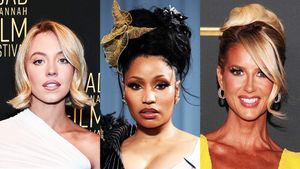






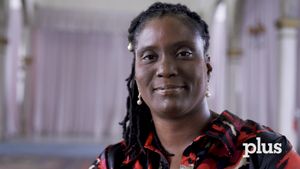
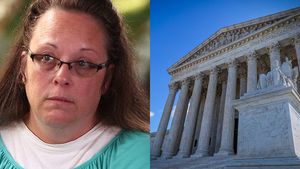
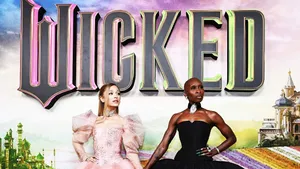

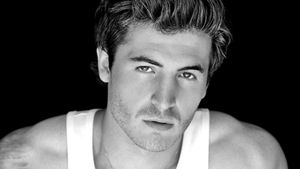







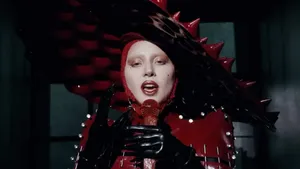

























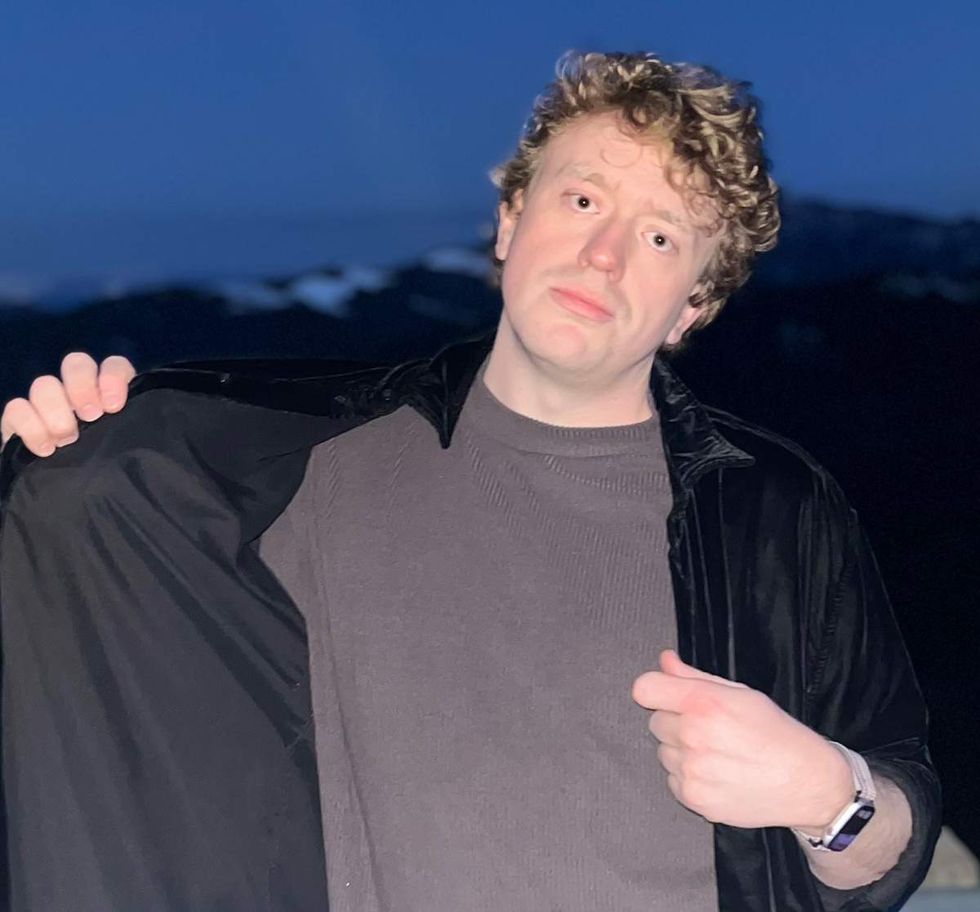 Connor McSweeneyCourtesy Pictured
Connor McSweeneyCourtesy Pictured







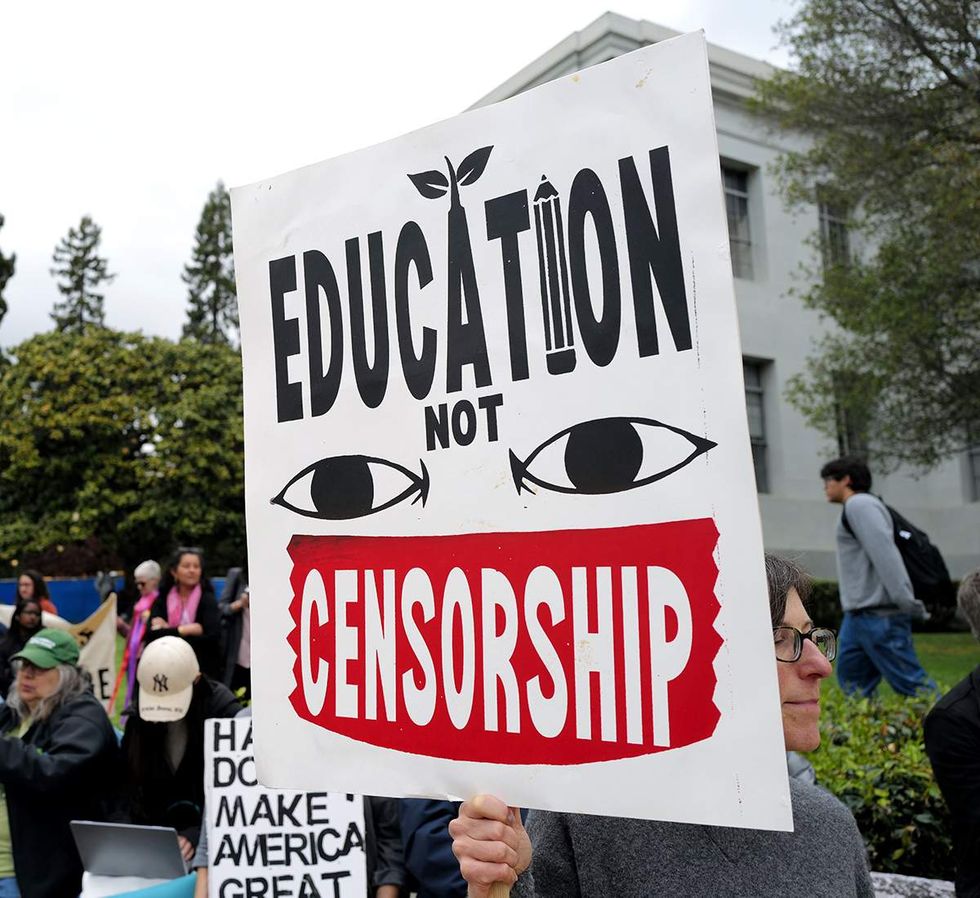 Protest against President Trump threatening to withhold federal funding from California universities based on curriculum in Berkeley, CA, April 2025Phil Pasquini/Shutterstock
Protest against President Trump threatening to withhold federal funding from California universities based on curriculum in Berkeley, CA, April 2025Phil Pasquini/Shutterstock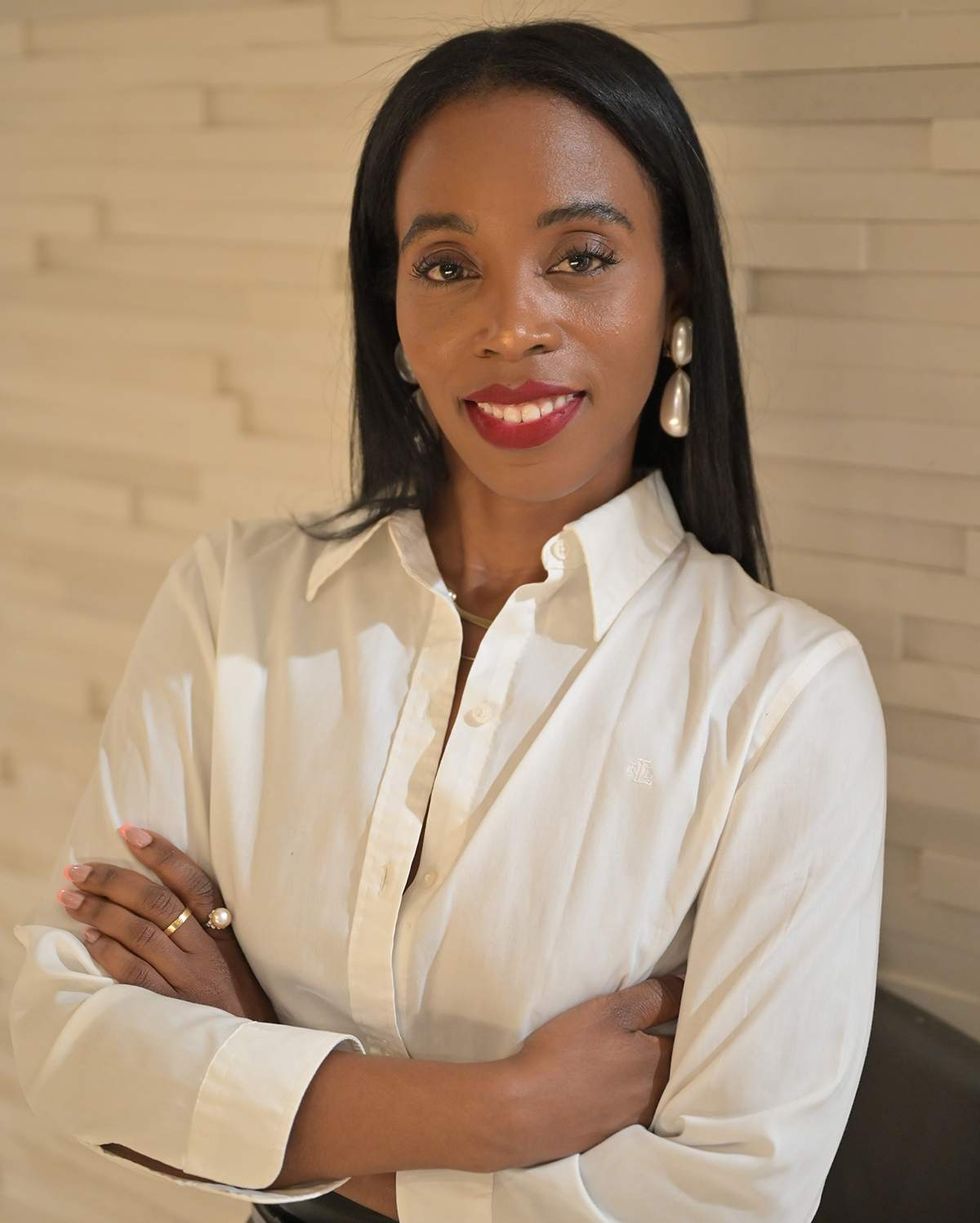 Krystle EdwardsAntionette Michelle (provided)
Krystle EdwardsAntionette Michelle (provided)

